Wildlife biologistandSelkirkCollegeecologyinstructorDorisHausleitnerhasalwayshadapenchantforspeciesthatareconsideredsomethingofanunderdog,thosewithoutchampionstopromotetheircause.
It’s no wonder then, that the elusive wolverine captured her imagination years ago when she was approached by friend and colleague Andrea Kortello to start the South Columbia Mountains Wolverine Project.
“I met Andrea in grad school, we were two Canadians in an American university. Her focus has very much been large carnivores and she brought me out of the bird world to work on this project,” Doris says. “I love working on wolverine. They’ve been so interesting to study, a whole new way of seeing for me because it’s such a landscape level.”
Born in Whitehorse, Doris thought from a young age that she’d become a caribou biologist but went a different route after discovering how popular the field of study already was. A Nordic ski scholarship led her to study biology as an undergrad student at the University of Alaska.
She later pursued a Masters of Science at the University of Idaho while on a research scholarship investigating Greater Sage-Grouse, before switching focus to Northern Spotted Owls for a long-term demography study at Oregon State University.
Moving back to Canada and relocating to Nelson, Doris began her consulting career as Seepanee Ecological Consulting (Seepanee is a Kutenai word for “full of life”) and started a family. For several years she worked on conservation projects across the Kootenays and B.C. on a range of species including Northern Spotted Owls, Common Nighthawks, Western Toads and Western Screech-owls, and stepped into the part-time role of Instructor of Applied Ecology and Biology for Selkirk College in 2011.
When Andrea invited her to co-lead the South Columbia Mountains Wolverine Project in 2012, Doris didn’t hesitate.
“Wolverines intrigue me so much,” she says. “You go to the hardest-to-reach places and you’ll see the tracks of a wolverine bagging peaks and it looks like it’s doing it for fun. It really is awe-inspiring the amount of ground that they can travel in a day and the amount of terrain that they go over. Every time I think I know everything about a wolverine they’re always surprising me with what they can do.”
Funded by the Columbia Basin Trust, Fish & Wildlife Compensation Program, Habitat Conservation Trust Fund and Yellowstone to Yukon Conservation Initiative with in-kind provided by the BC Ministry of Forests, Lands, Natural Resource Operations and Rural Development, the South Columbia Mountains Wolverine Project started out using non-invasive genetic sampling of wolverine to estimate abundance and connectivity, and unmanned aerial vehicles to determine denning of wolverine.
In recent years, the project has relied on citizen science observations collected through the online Wolverine Watch platform, which has been a wildly successful partnership.
“And so we’ve combined habitat modelling and our former work with genetics with the citizen science contribution to decide where we’re going to fly our drone and look specifically for dens or reproductive areas,” said Doris. “All of the reproductive areas that we’ve found, all of them have been informed by citizen science. It’s huge, it’s massive, it’s really a game changer.”
A species of concern in BC, wolverine are found at very low density on the landscape (two per 1,000 sq km – lower than bears) and cover vast areas. As a result, data collection is challenging and in the South Columbia mountains in particular, there was a large knowledge gap.
“There was wolverine work being done to the north, to the south by Americans, in the Alberta parks, but there was nothing right in the middle where we were and we saw a real need to fill that gap,” Doris says. “One thing that our research really helped to illuminate is that wolverine are not as abundant as we thought they would be in our region.”
Compounding this concern was the lack of harvest limits on wolverines combined with substantial barriers to wolverine movement such as the network of roads in the South Columbia mountains.
“If there’s an area that is heavily trapped, in a perfect world it would be OK because the population would be fed by other wolverines from other populations but if there are barriers to dispersal, you could just harvest until they’re gone and they won’t be replenished and that’s what we were worried we would see happening.”
Their team shifted to a “drones and dens” approach when they realized their focus had to be on making a direct conservation impact and that the reproductive piece was key to increasing their population.
With low reproductive output to begin with, wolverine are vulnerable when they den in mid-February to mid-May at their reproductive sites, to which they have fidelity and return every year if they can.
“We thought if we could conserve just those areas we’ll probably have an impact on the conservation of the species,” Doris says, “and so that’s where the citizen science piece comes in. If we could get other people to start seeing, being our eyes on the landscape, we’ll have a better idea of what’s happening and we’ll have a better idea of where wolverine are.”
To engage the public in their study area, the team joined forces with Wolverine Watch, started by Mirjam Barrueto and used by a collaboration of scientists in B.C. and Alberta to collect citizen science observations on wolverine.
Hundreds of sightings are collected each year with reports coming from as far as upstate New York, Alaska and the Yukon, and every single sighting is mapped and used in research, and the data is shared with whoever can use it.
“Every time we find a wolverine den, we take steps. If it’s on Crown land we apply for conservation status, if there’s one in the park we’ve worked with provincial parks to create a wildlife management zone for it. We take each one and see if we can do something tangible. Putting aside one small denning area at a time, it feels like we’re doing something.”
Another tangible outcome was a research article the team helped co-author that was published in November 2019 suggesting wolverine trapping wasn’t sustainable in Southern Canada.
In August 2020, the updated
“It’s nice to see that science-based management, it’s exciting,” Doris says.
She admits she had no idea eight years ago that she would still be skiing to remote locations trying to find traces of wolverines, or that the project would attract the interest of so many people recreating in the backcountry.
She chalks it up to the wolverine’s elusive appeal.
“I think people like to have a little mystery and be in awe of something, like an animal out there being bad ass because they can. I don’t know if we spend time doing that enough in our lives.”
– Story by Nicole Trigg from the Kootenay Conservation Program.
Plan your adventures throughout the West Coast at westcoasttraveller.com and follow us on Facebook and Instagram @thewestcoasttraveller. And for the top West Coast Travel stories of the week delivered right to your inbox, sign up for our weekly Armchair Traveller newsletter!

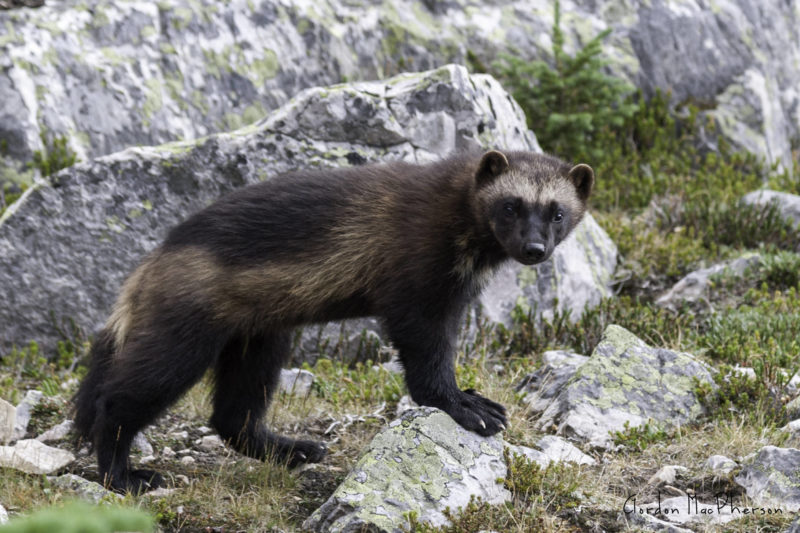
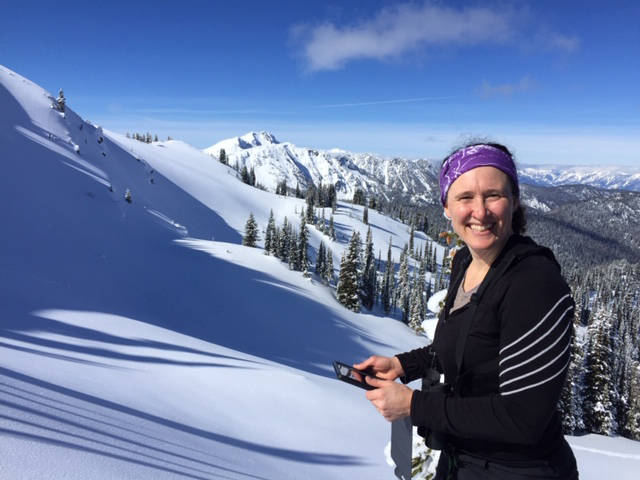
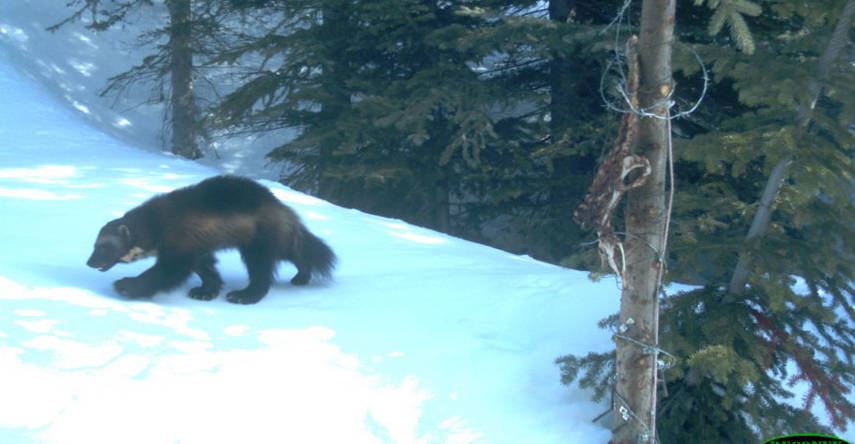
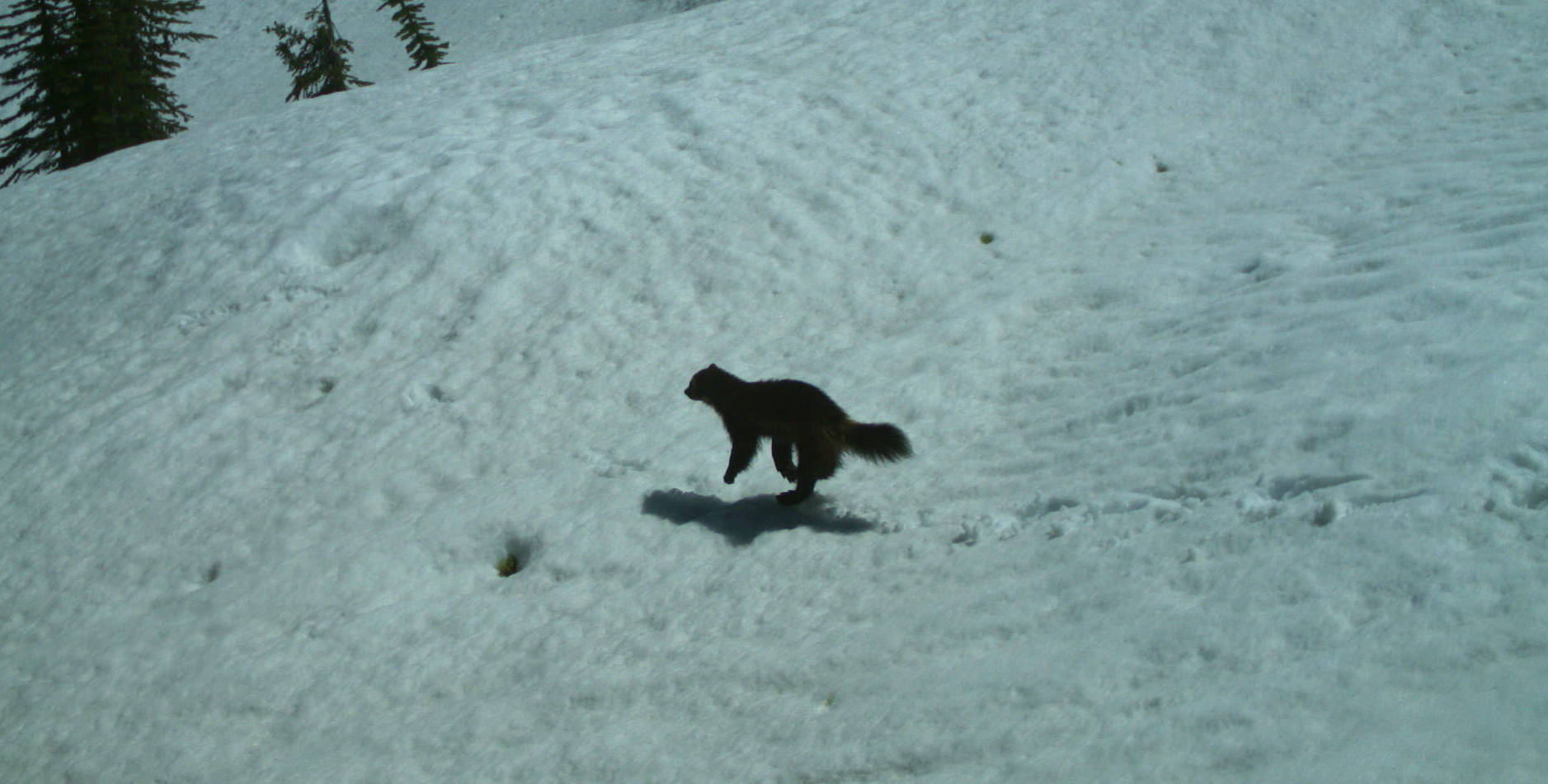
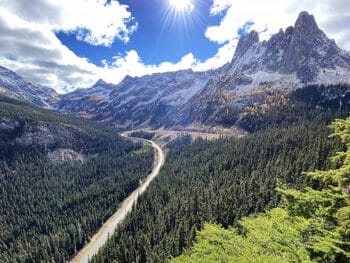








 No shortage of snow at Revelstoke Mountain Resort
No shortage of snow at Revelstoke Mountain Resort